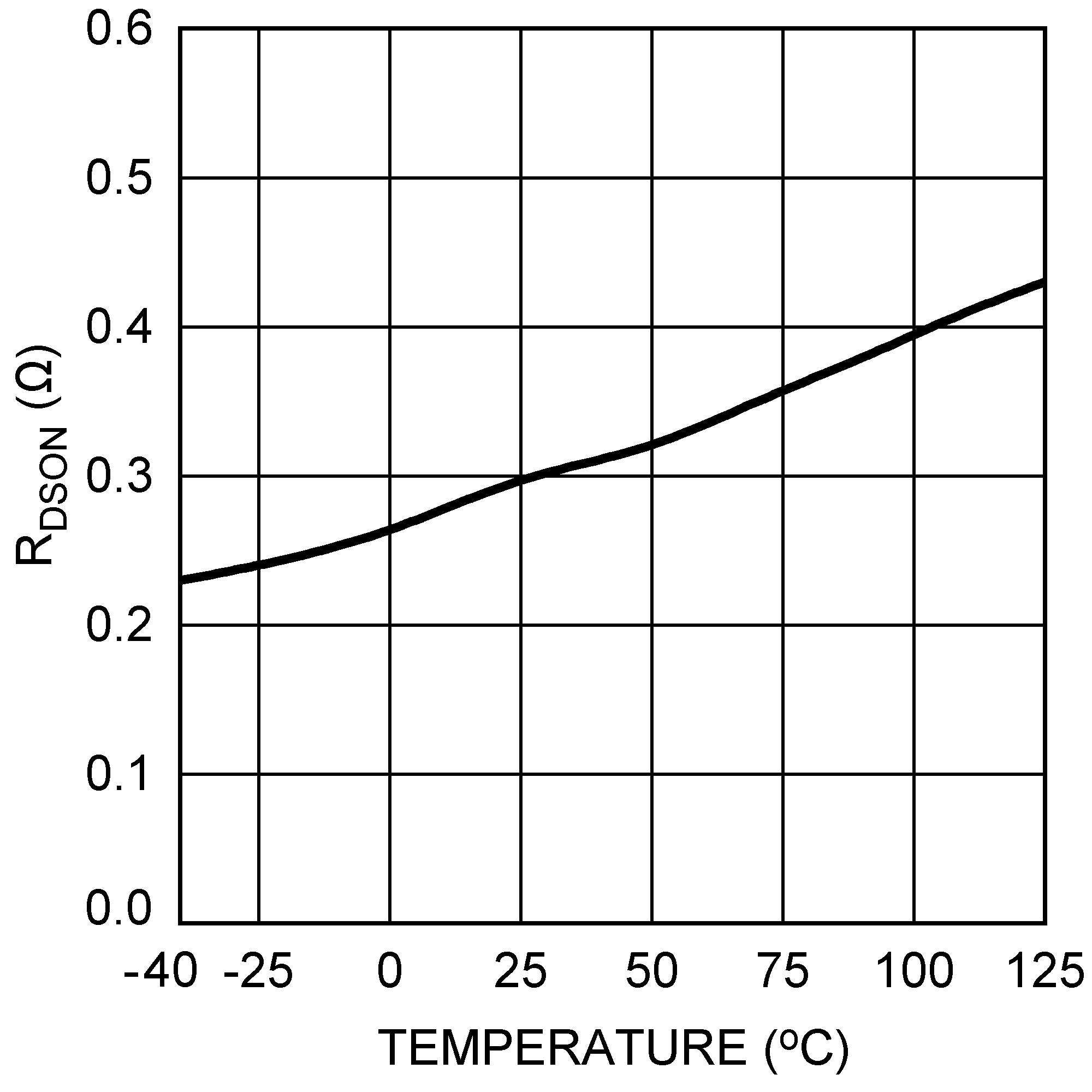SNVS731B September 2011 – June 2019 LMR12010
PRODUCTION DATA.
- 1 Features
- 2 Applications
- 3 Description
- 4 Revision History
- 5 Pin Configuration and Functions
- 6 Specifications
- 7 Detailed Description
- 8 Application and Implementation
- 9 Layout
- 10Device and Documentation Support
- 11Mechanical, Packaging, and Orderable Information
Package Options
Refer to the PDF data sheet for device specific package drawings
Mechanical Data (Package|Pins)
- DDC|6
Thermal pad, mechanical data (Package|Pins)
Orderable Information
6.4 Typical Characteristics
All curves taken at VIN = 5V, VBOOST - VSW = 5V, L1 = 4.7 µH ("X"), L1 = 2.2 µH ("Y") and TA = 25°C, unless specified otherwise.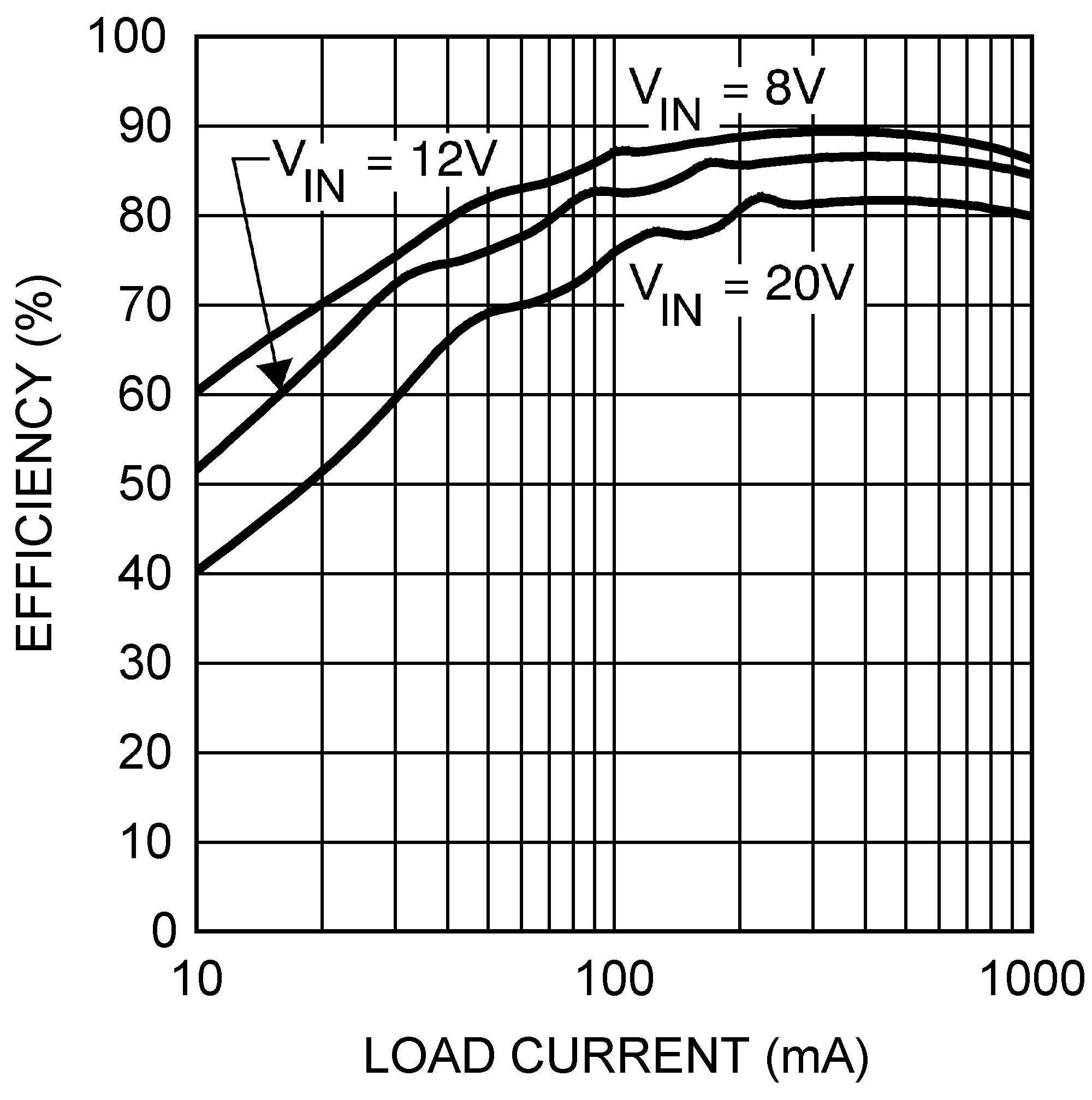
| VOUT = 5 V |
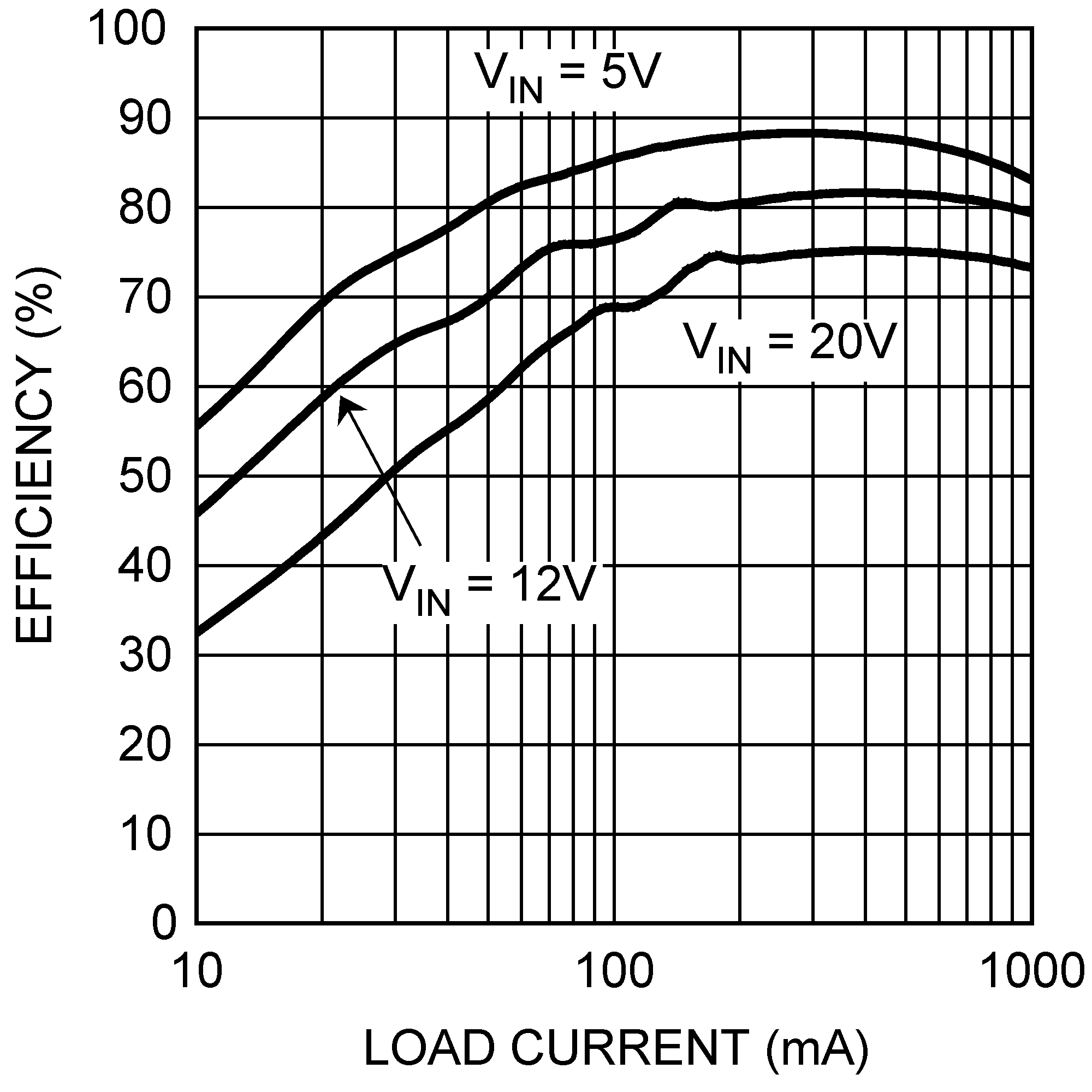
| VOUT = 3.3 V |
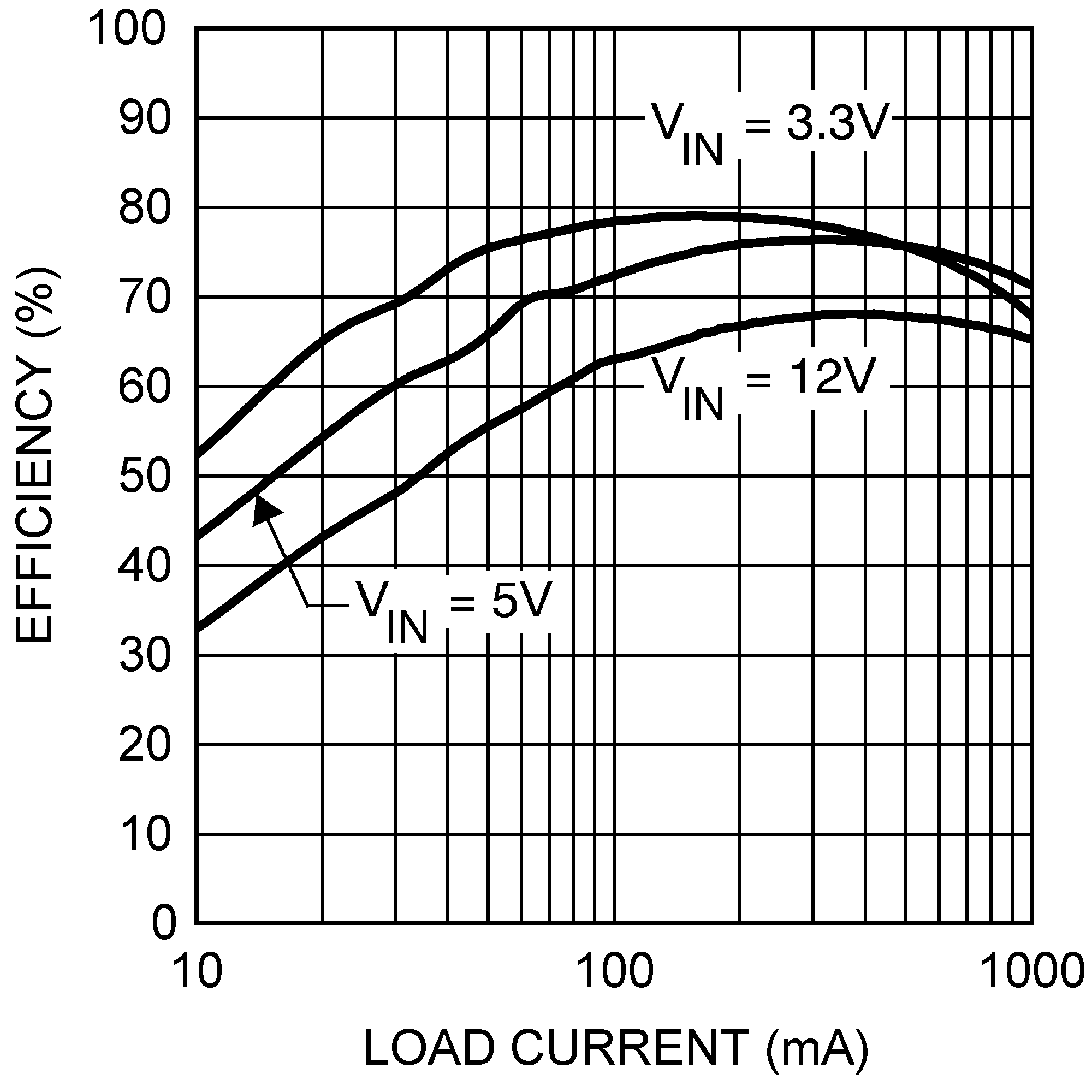
| VOUT = 1.5 V |
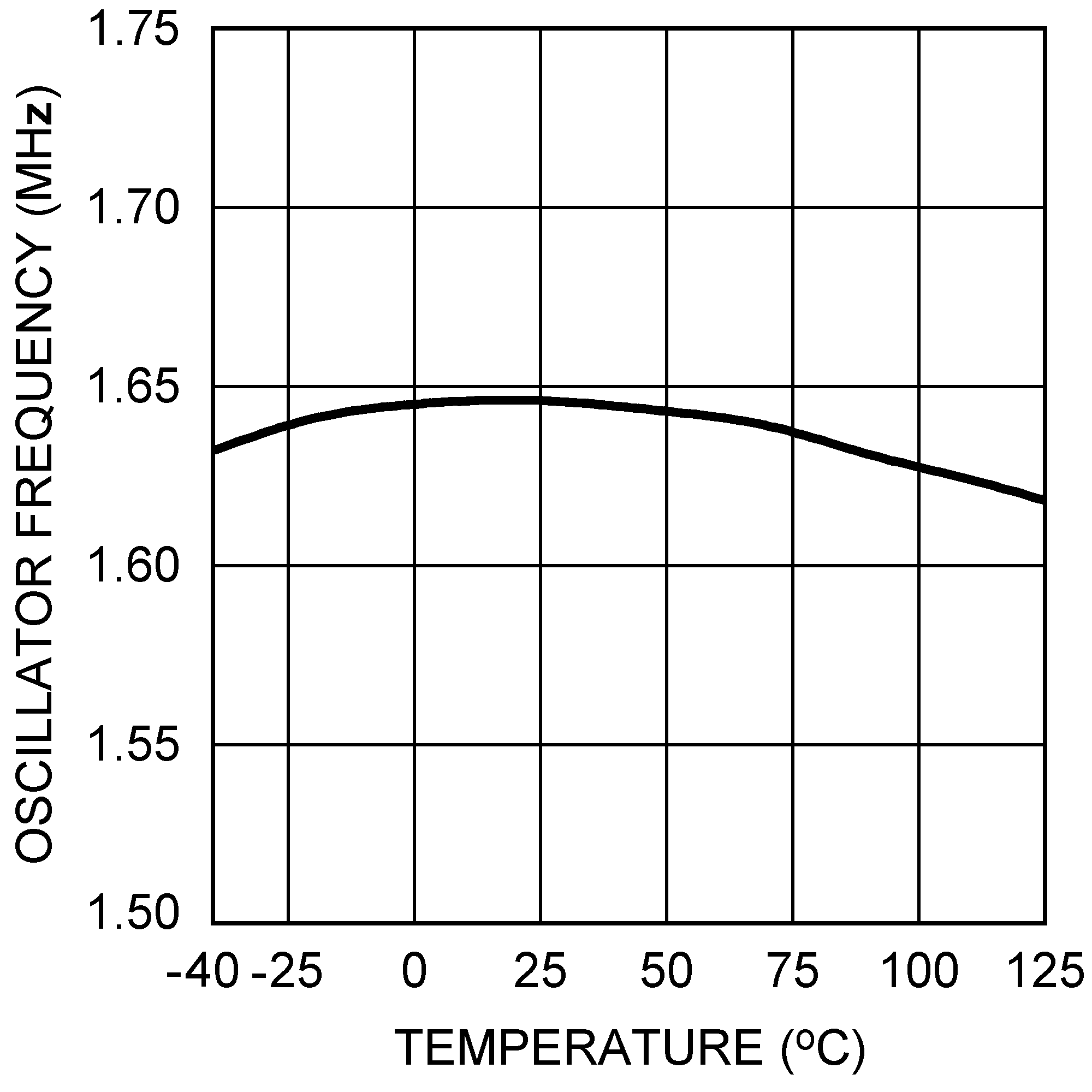
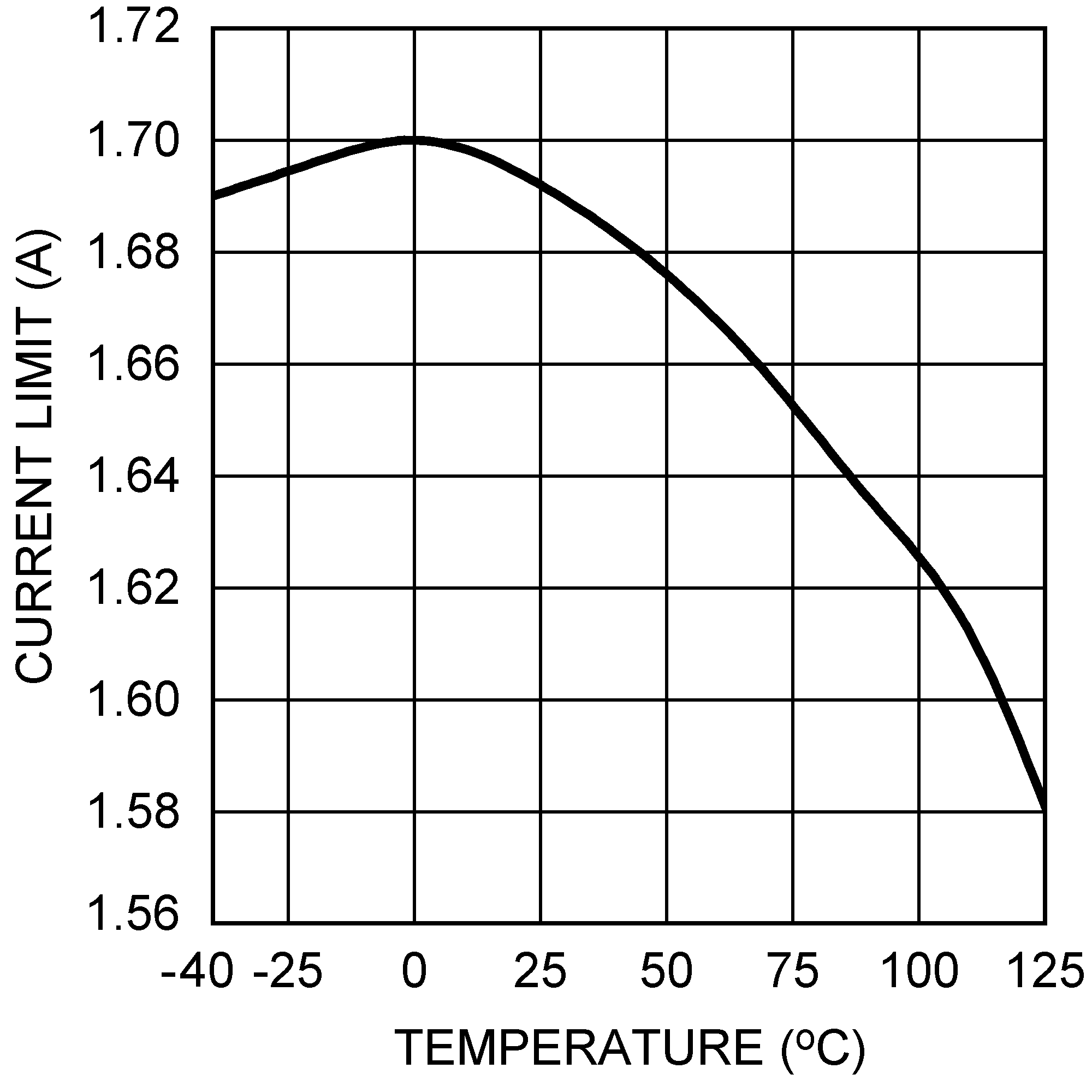
| VIN = 5 V |
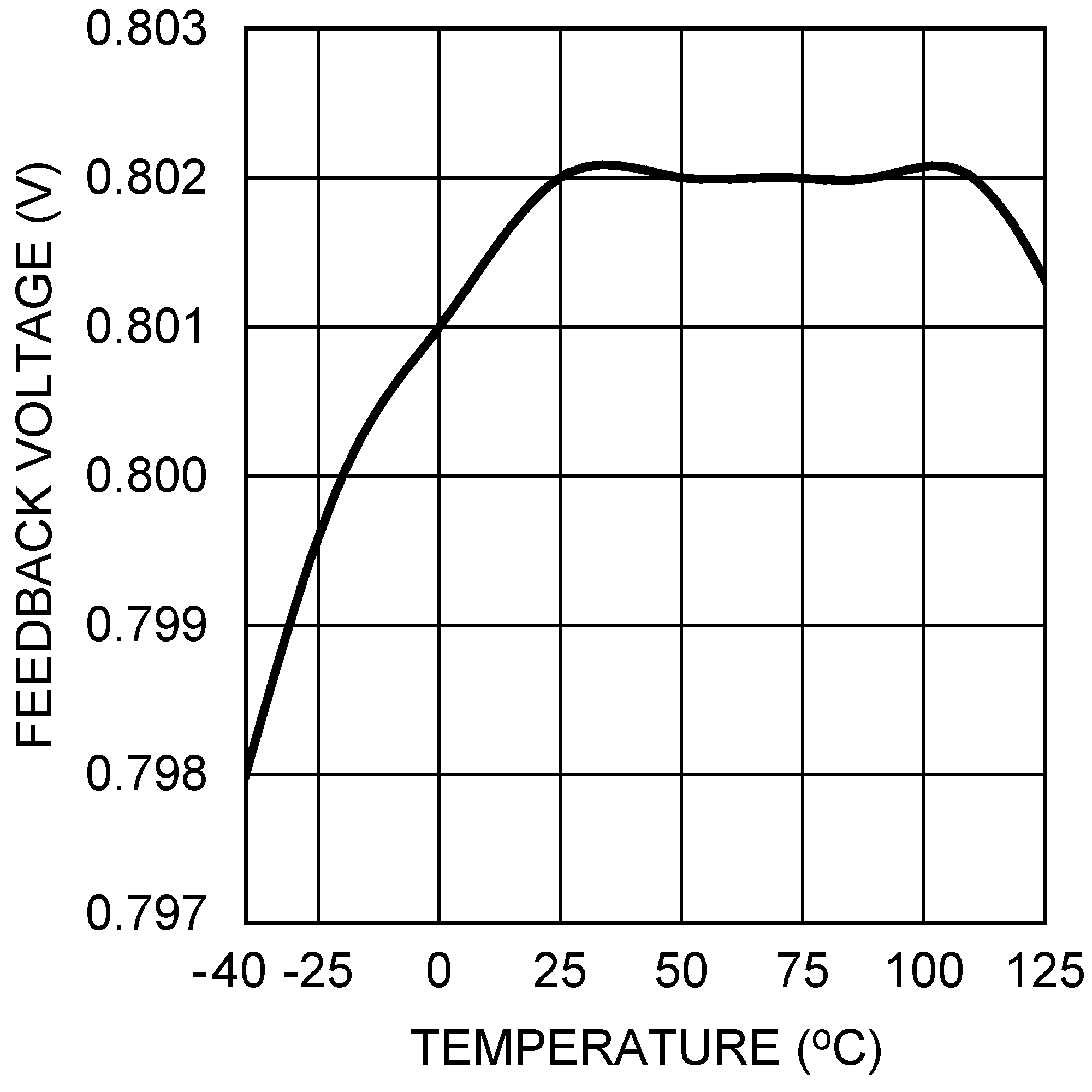
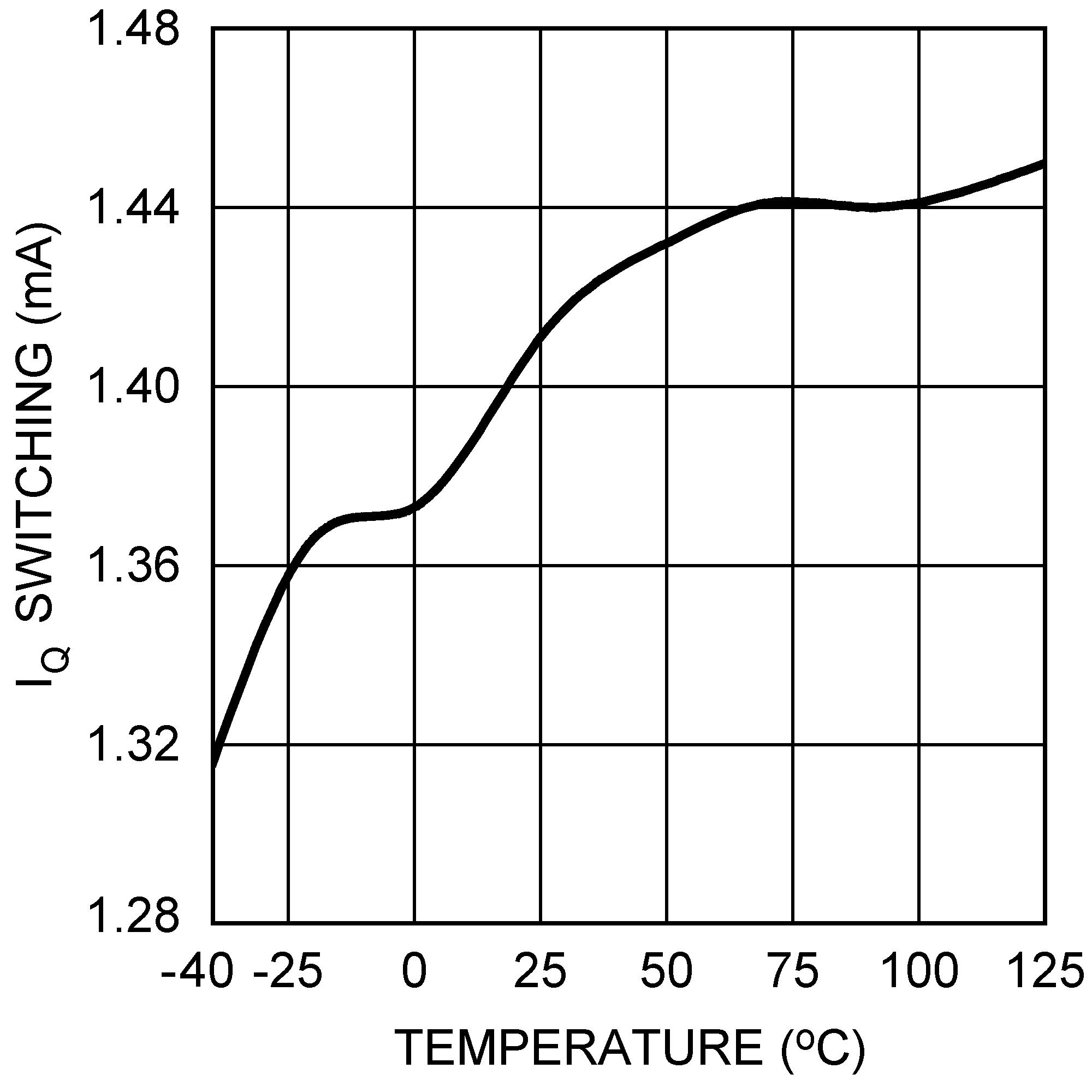
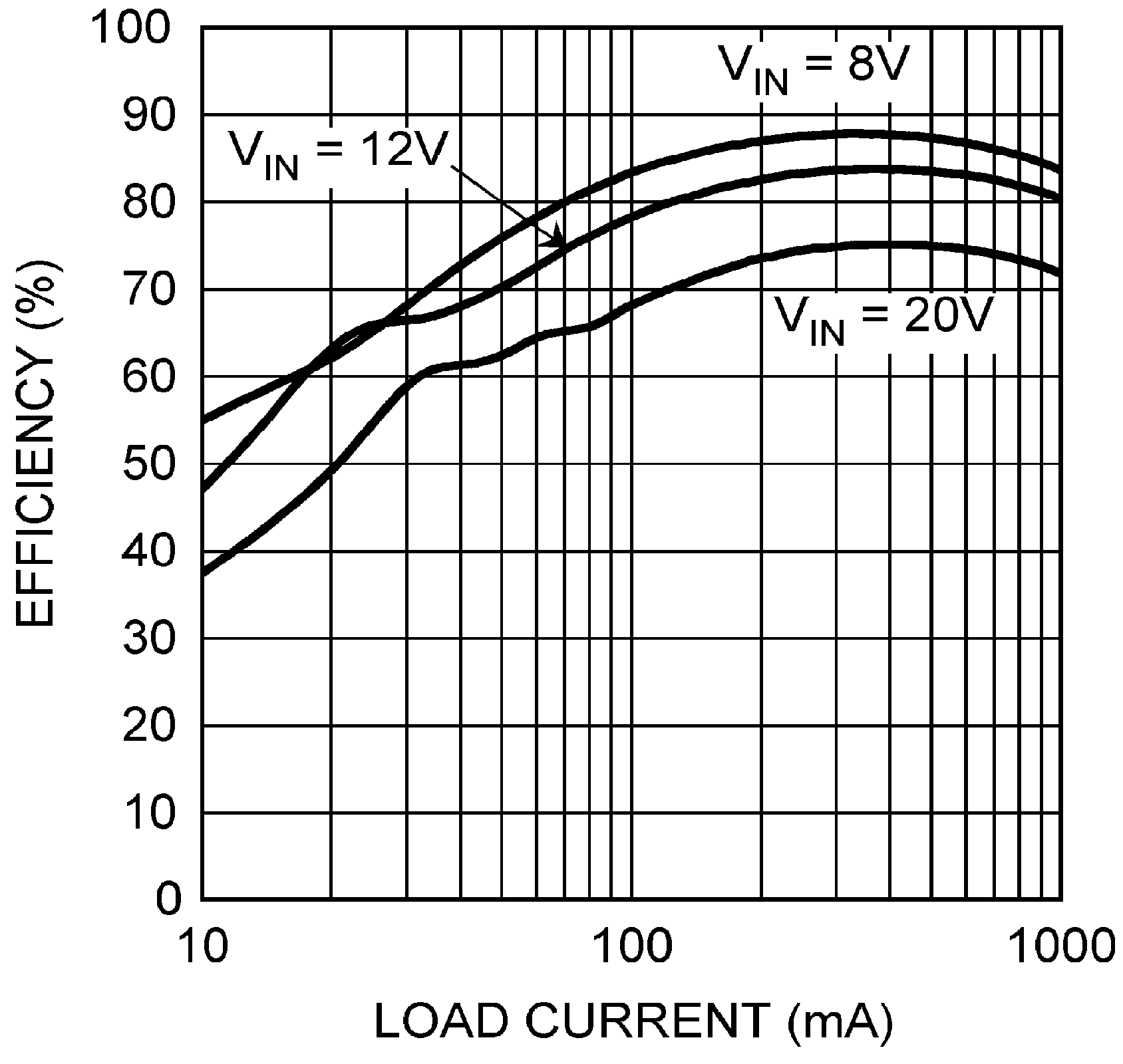
| VOUT = 5 V |
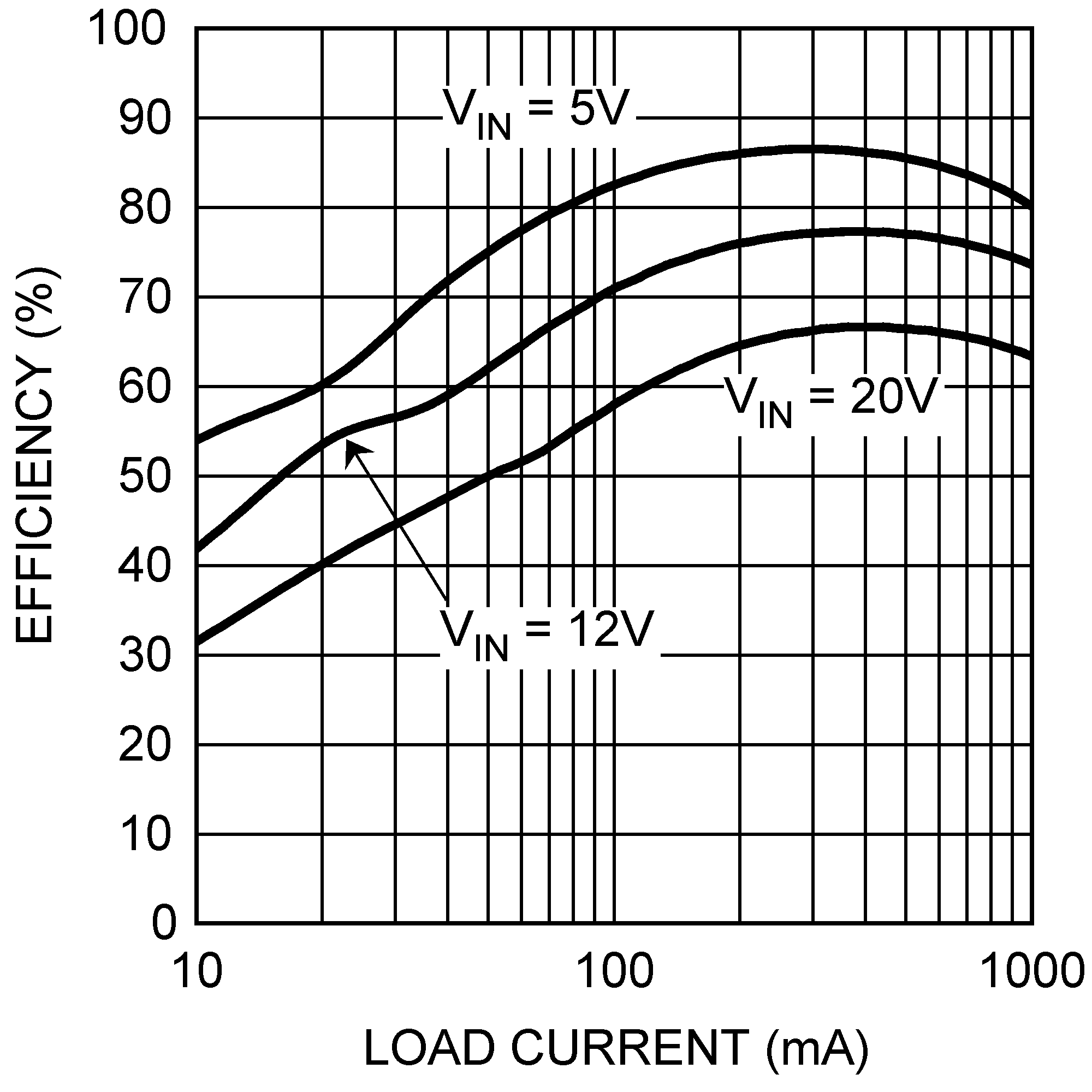
| VOUT = 3.3 V |
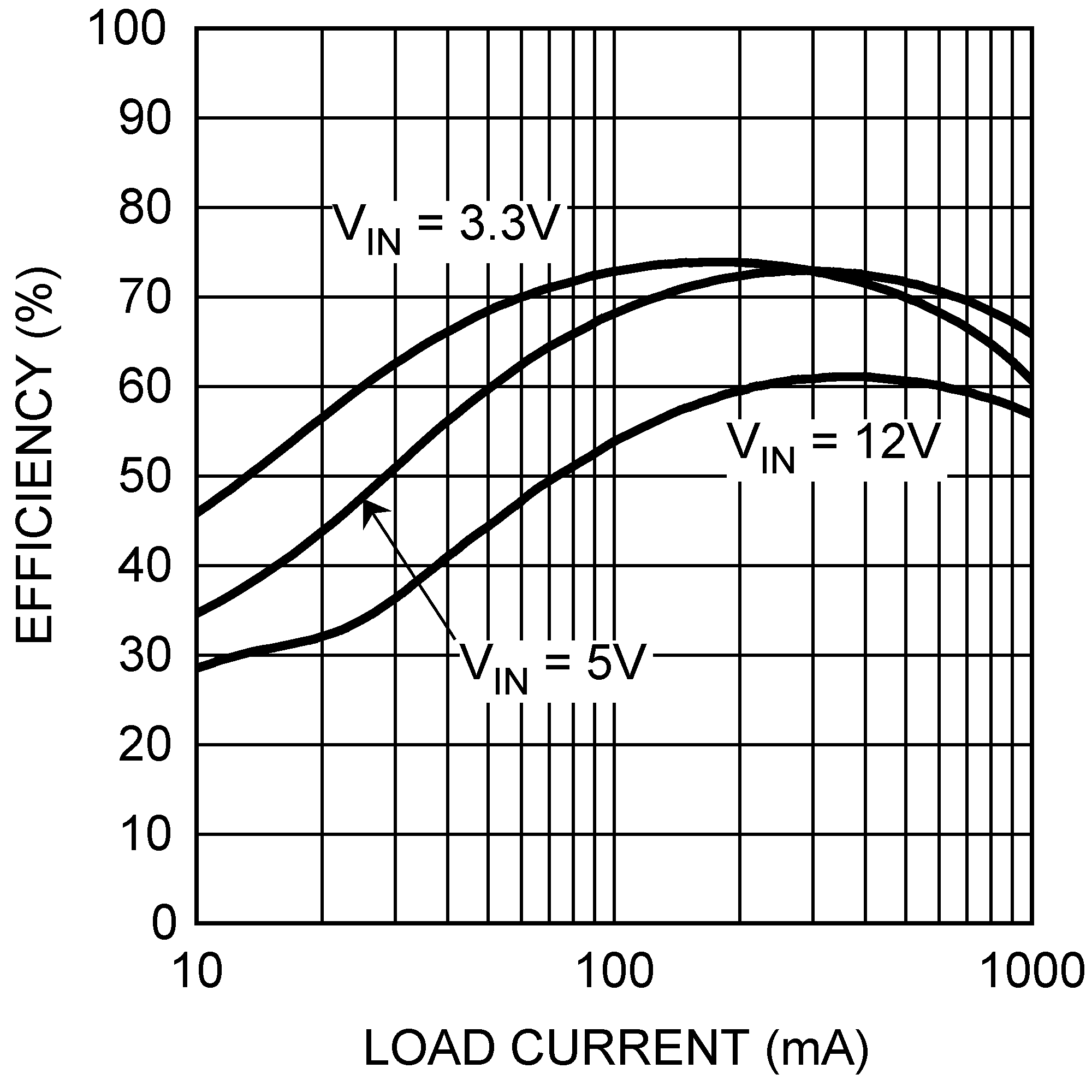
| VOUT = 1.5 V |
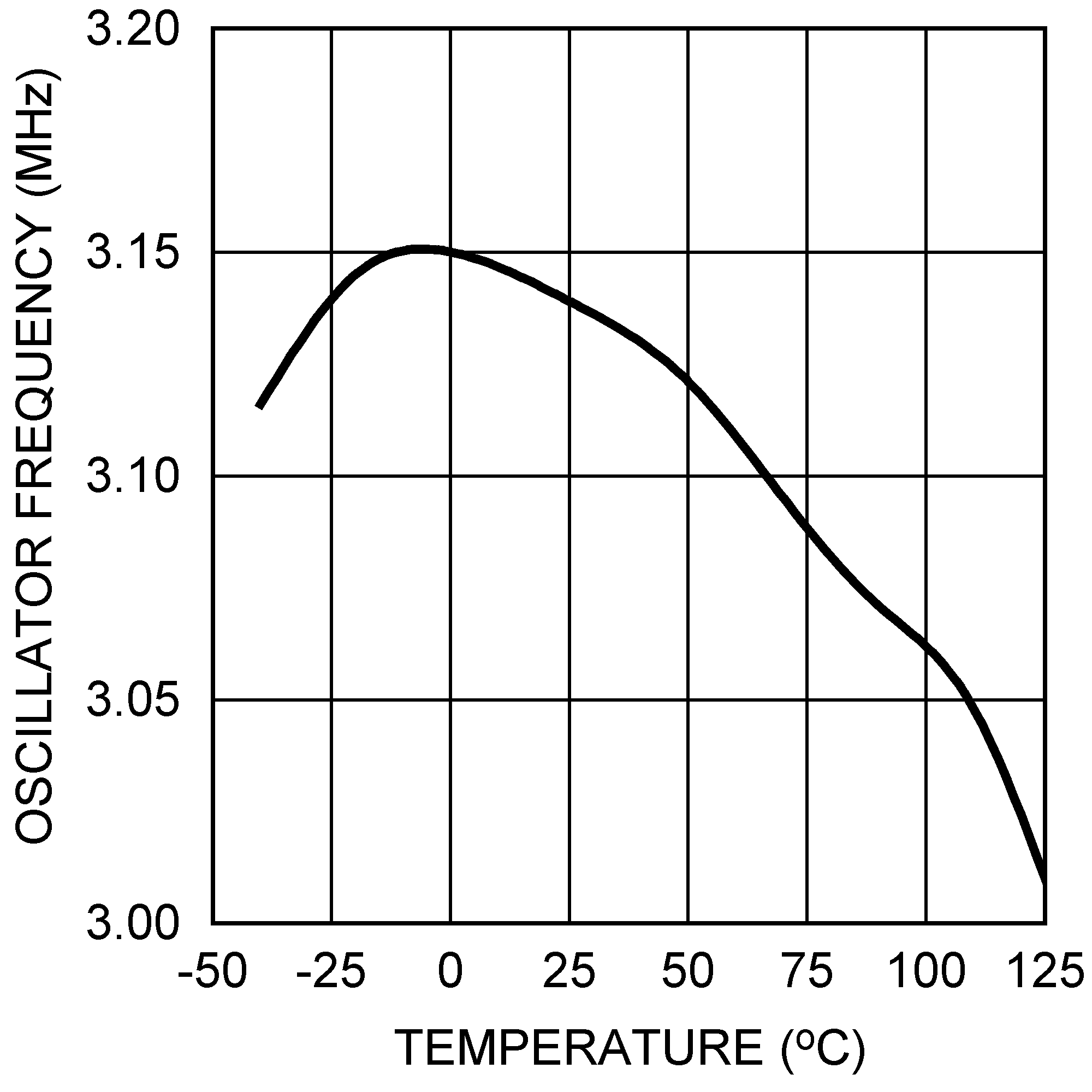
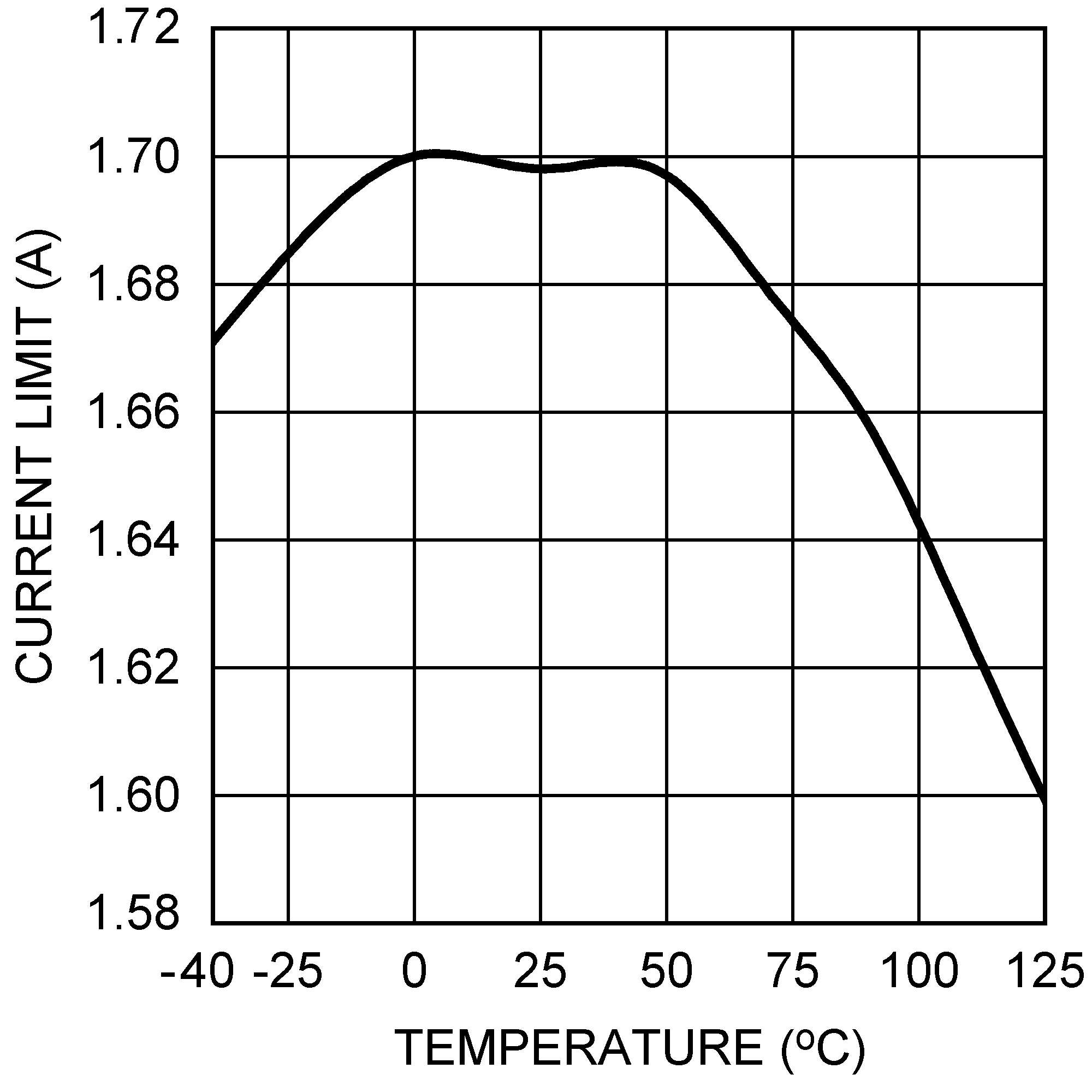
| VIN = 20 V |
